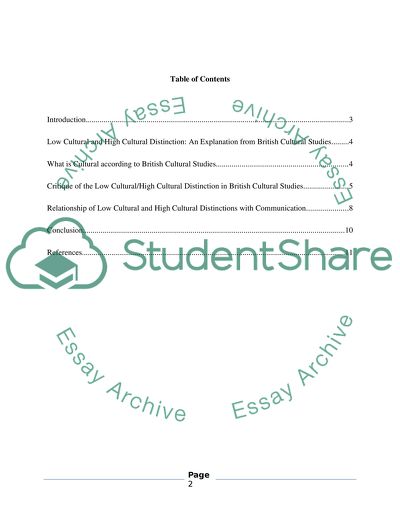Cite this document
(“What's cultural, and how does the critique of the low cultural/high Essay”, n.d.)
Retrieved from https://studentshare.org/journalism-communication/1460917-what-s-cultural-and-how-does-the-critique-of-the
Retrieved from https://studentshare.org/journalism-communication/1460917-what-s-cultural-and-how-does-the-critique-of-the
(What's Cultural, and How Does the Critique of the Low cultural/High Essay)
https://studentshare.org/journalism-communication/1460917-what-s-cultural-and-how-does-the-critique-of-the.
https://studentshare.org/journalism-communication/1460917-what-s-cultural-and-how-does-the-critique-of-the.
“What's Cultural, and How Does the Critique of the Low cultural/High Essay”, n.d. https://studentshare.org/journalism-communication/1460917-what-s-cultural-and-how-does-the-critique-of-the.


